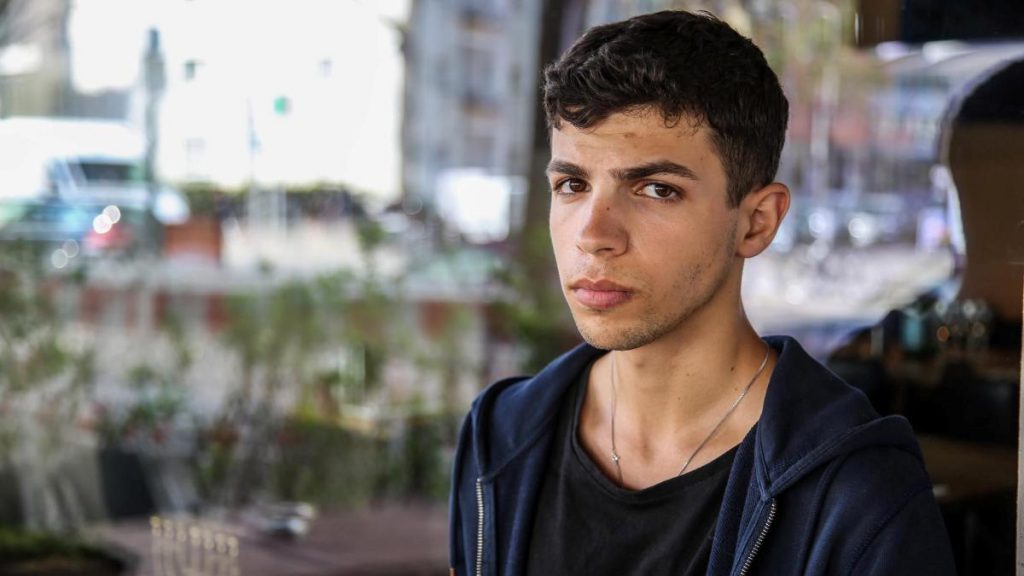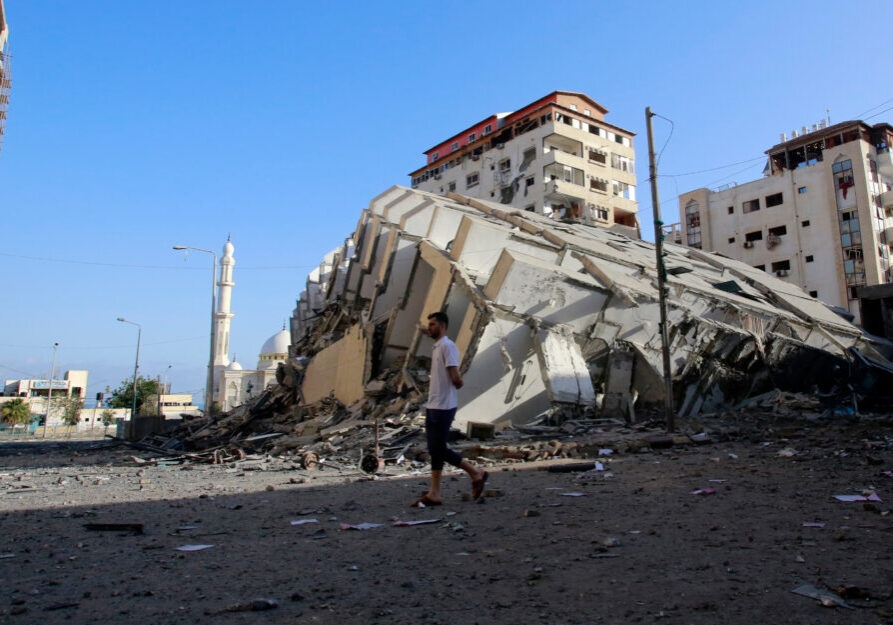Australia/Israel Review
Scribblings: A shameful reality revealed in Europe
May 31, 2018 | Tzvi Fleischer

The world owes a debt of gratitude to a young man named Adam Armush. In mid-April, the 21-year-old Israeli Arab resident of Berlin inadvertently exposed an ugly and shameful reality that the world has been largely ignoring for years. That shameful reality is this: 75 years after the Nazi Holocaust saw the industrialised mass murder of most of Europe’s Jews, it still today can be unsafe to be visibly Jewish while walking the main streets of many European cities.
Armush – who is not Jewish – did not believe his friend who had told him that it was unsafe to walk the streets of Berlin in a “kippa”, a skullcap worn by religious Jews. So to test the claims, Armush and the friend put on kippas and walked out of Armush’s home toward the train station in the upmarket neighbourhood of Prenzlauer Berg. Three men started cursing at them. When Armush’s friend asked them to stop, one of the three ran up and started hitting Armush with a belt while yelling “Yahud” – the Arabic word for Jews. Armush filmed the whole incident, gave it to police and posted it to Twitter where it went viral.
Happily, Armush’s story has received widespread attention in Germany. Chancellor Angela Merkel said, “This is absolutely a terrible incident and we must act. The fight against such antisemitic acts must be won, the reputation of our state is at stake.” Other politicians also spoke out and there were several demonstrations in Germany where protestors donned kippas in solidarity with the Jewish community. There were also public statements and demonstrations against antisemitism in France.
This attention is welcome because there has been a growing danger in being visibly Jewish in much of Europe for several years.
Jewish leaders in France, Germany, Holland, and Denmark have at times urged local Jews, for their own safety, not to wear kippas or show other signs of Jewishness in public.
Moreover, as I reported on this page in April 2015, a few years ago a number of journalists showed what it is like to be visibly Jewish in Europe through a simple experiment – dressing in a visibly Jewish way and walking down a main street in a major European city, filming what happens. The experiment was conducted in Paris, Copenhagen, Rome, Malmo in Sweden, and in Manchester and Bradford in England. In each case, the mere fact of walking along while wearing a traditional Jewish headcovering drew anti-Jewish taunts, threats, hostile gestures and, frequently, spitting.
To be fair, when the experiment was tried in Stockholm and, strangely enough, Berlin, no antisemitic incidents were sparked over several hours of walking.
The worst case was Manchester, where it took less than a minute before the abuse began, while Bradford was almost as bad. The reporter in those cities drew more than ten antisemitic taunts an hour.
Meanwhile, reports say more than half of all racist attacks in France target Jews – who make up less than 1% of the population. Openly antisemitic comedian Dieudonné M’bala M’bala has a huge following there, while during the Gaza war in 2014, at least nine synagogues were violently attacked, in some cases with worshippers trapped inside, while a Jewish shopping strip in Paris was subjected to a pogrom-style attack.
In other words, Jews in Europe can only feel really safe if they carefully make sure they are not publicly identifiable as Jews and engage in Jewish worship or other communal activities only inside tightly secured and heavily guarded institutions.
But, as I noted in 2015, even that may not be sustainable. As the US State Department’s Special Envoy on Antisemitism Ira Forman noted during a visit to Sweden in that year, “Every Jewish community in western Europe certainly needs security support. Many of them are being bankrupted by the money they have to spend to protect their institutions…”
Europe has been largely reluctant – up until now – to confront the reality that the continent that gave rise to Nazism is again increasingly unable to provide a comfortable home for its openly Jewish citizens for two apparent reasons.
Firstly, while some of the anti-Jewish violence and harassment has come from far-right and neo-Nazi groups, statistics suggest a majority now seems to be being perpetrated by immigrants from the Middle East (Armush’s alleged attacker has been identified as a Palestinian refugee from Syria). Given that these immigrants are themselves a disadvantaged group, targeted by the far right and populist parties, there is a reluctance to confront, or even talk about, the antisemitism many of these immigrants have brought with them.
But more than this, there has been a tendency in Europe to dismiss much of the antisemitism as understandable, if slightly misguided, protests against Israeli policies. Never mind that the targets are not Israeli government bodies or even Israeli citizens, but local Jews.
This dismissal of antisemitic attacks as “protests against Israeli policies” in Europe was best illustrated by the aftermath of a 2014 firebombing of a synagogue in Wuppertal, near Dusseldorf, in Germany. The German regional court ruled that this was an act of criminal arson, but not antisemitic or a hate crime, merely a protest against Israel – even though the synagogue had nothing to do with Israel. The perpetrators were given suspended sentences. The finding that the attack was not antisemitic was upheld by an appeals court in 2017.
Hopefully, Adam Armush’s case can serve as a catalyst for change. Because a Europe in which Jews cannot safely walk the streets without hiding who they are should be unthinkable in the post-Holocaust era.
Tags: Antisemitism






